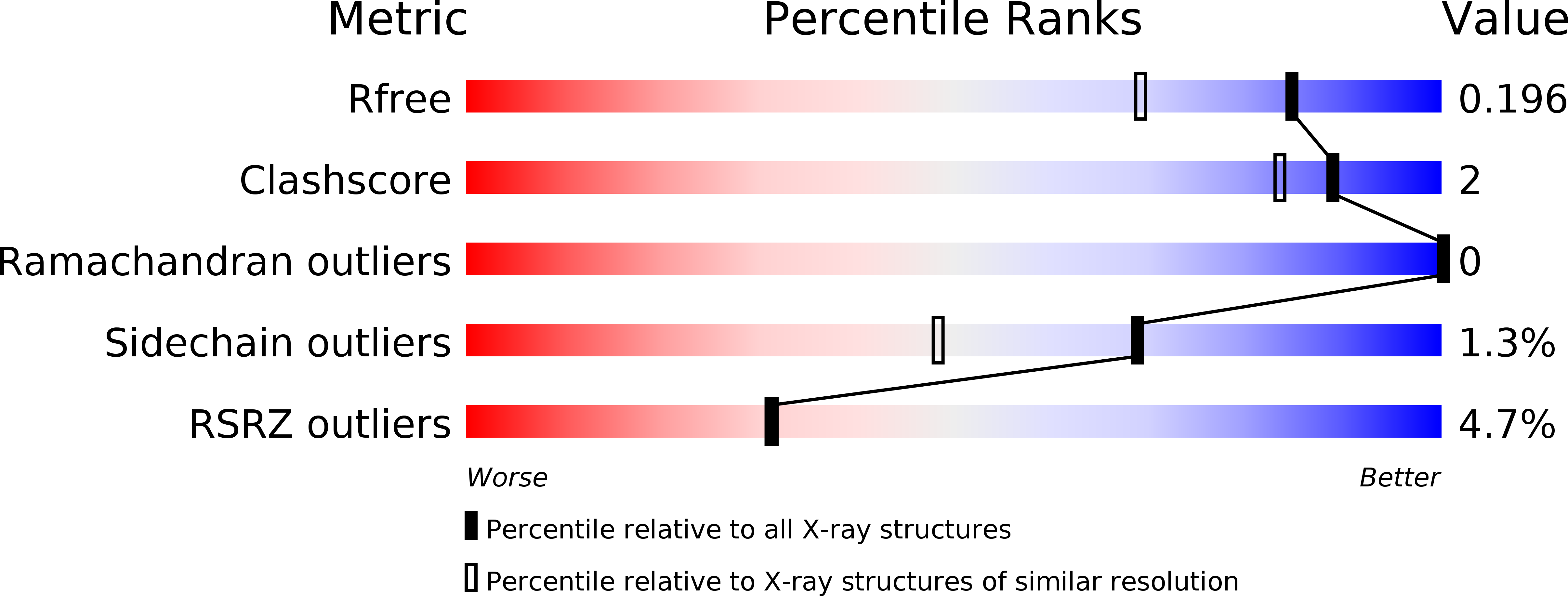
Deposition Date
2010-08-28
Release Date
2011-08-17
Last Version Date
2024-10-09
Method Details:
Experimental Method:
Resolution:
1.57 Å
R-Value Free:
0.19
R-Value Work:
0.16
R-Value Observed:
0.16
Space Group:
C 2 2 21


